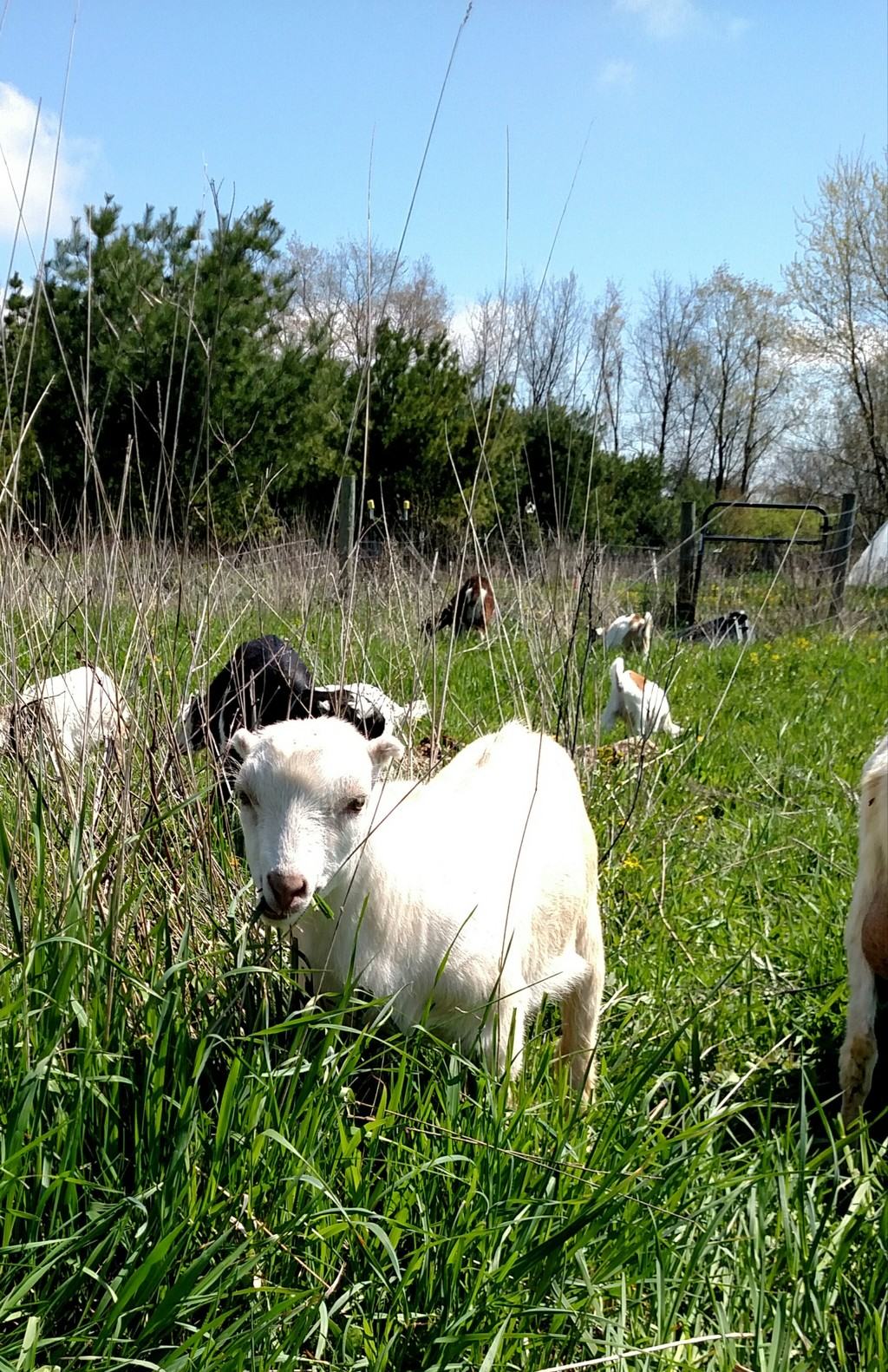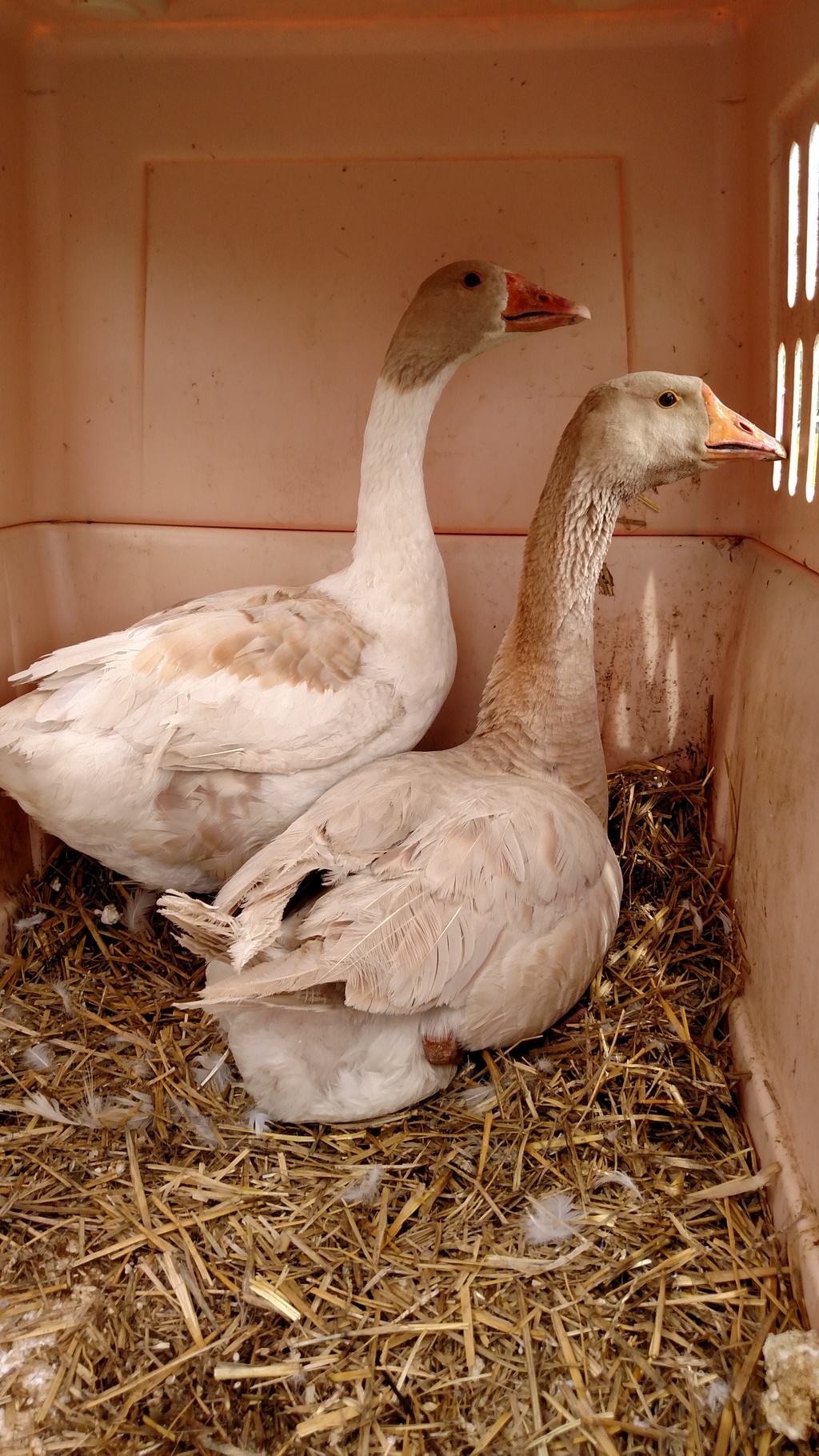We’ve been selling farm-made goat’s milk soaps here on the site for a couple of months now, and we’ve had some great feedback from those who have purchased and used it so far. We’re going to be making some more soon and taking that feedback into account, including amping up the scent strength on the bars, and making a batch of plain, unscented soap, per the requests we’ve received.
We’ve also had some people ask things like, “Why does it cost $5.00 a bar? Do you know how much soap I can buy at the store for $5.00?” And those questions deserve answers, so let’s dive in!
First, we have to establish whether an apples-to-apples comparison is being made. The short answer is: it’s not. The long answer is interesting and worth knowing. The basic gist of is that what we make here is truly soap. Soap is a substance achieved through what is known as saponification: combining fats/oils with an alkaline (lye), which splits them into fatty acids and glycerin. Then the sodium or potassium (depending on the kind of lye that is used) combines with those fatty acids and the end result is soap.

What is mostly available in stores are detergent bars. These are synthetic chemical concoctions made in factories, in large slurry mixing tanks, typically with petroleum based ingredients. These are made by achieving chemical reactions, then after the substance reaches a target temperature, it is dried into a powder that is mixed with even more ingredients – mostly synthetics – to create a detergent. Legally, these bars cannot even be labeled “soap.” Check it out – it is more likely to say something like “bath bar,” “beauty bar,” or “cleansing bar.” So why are these chemical bars more popular than real soap? The answer is probably not that surprising, once you read it: Detergents initially became popular in the United States during World War II, when fats and oils were in short supply and rationing was in place. They remained popular because they are cheaper to produce. What big corporate conglomerate doesn’t love a cheap to produce product? But it doesn’t always mean the overall cost to individuals using it is worth those savings. We need only look at industrial agriculture to understand that concept.
In comparison to detergent bars, which only relatively recently gained popularity in the 20th century, humans have a long history with soap – we’ve been known to be making it since around 2800 BCE, in ancient Babylon. Soaps are gentle on the skin and are biodegradable. We were so thrilled when we realized we could make our own lovely soaps using goat’s milk soap, and we could control the ingredients that go into these bars.
It is worth noting that detergent bars fall under regulation by the FDA – because they make cosmetic or drug claims, whereas ordinary, pure soap does not require that regulation. Detergent bars are often made from petroleum based products, and are harsher on the skin, as well as the environment.
Speaking of which – that leads us back to the first question, regarding the cost of our bars. The reason that they cost $5 per bar is that’s what it costs us to make them. We use high quality ingredients and we are making actual soap, not detergent. We use natural elements like coconut oil, olive oil, goat’s milk, and pure essential oils for scents – not “scent oil” – real essential oils. The method we use is cold-process saponification – meaning that the soap batches take a couple of hours each to mix up, and then after the soap is placed in molds, it has to be cut exactly 24 hours later. After that, it must saponify for several weeks before it is ready for use. We have to store those bars properly while they transform into soap. And even before those hours can be spent creating the soap, considerable time and money is invested into locating and acquiring the ingredients and equipment, as well as formulating the recipes for the soap – which is neither a simple nor a short process.
All of these things come with a price tag, and in order for us to sustainably continue making farm products for people to enjoy, we have to cover our costs, including the time we spend making the product. Anyone with a basic knowledge of business understands that if you don’t charge for those things, and just set a price based on what people “want” to pay, you do not have a successful business that can sustain itself over time. If you are spending more on producing something than you get back from selling it, you are operating at a loss, and you won’t be operating for long if you do that. Farms are a business, folks. You can’t continue doing what you are doing if you don’t recover your costs. We believe that these soap bars are worth it – we wouldn’t be putting ourselves out there like we do if we didn’t believe in the product we are making. We would gladly pay the price ourselves if we were on the other side of the shopping cart, and we have done just that. We know our prices aren’t out of line with the other offerings out there, because we’ve spent those dollars ourselves on soaps made by others before we started making our own.
In summary, most of the well-known brand names of “soap” bars out there, and the sort of soap we make and offer here are not the same thing. If you are concerned with finding the best possible quality for your skin, and avoiding the harsh environmental impacts of chemical detergent bars, please consider trying out some of our soap. You can order it through our online shop, or, if you are local, contact us so we can make arrangements. We can ship the soap anywhere in the U.S. out of our web store. If you are outside of the U.S. and would like us to ship, please contact us to make special shipping arrangements. We appreciate you taking the time to learn more about soap versus detergent, and hope that this has been informative to you!





Leave a Reply